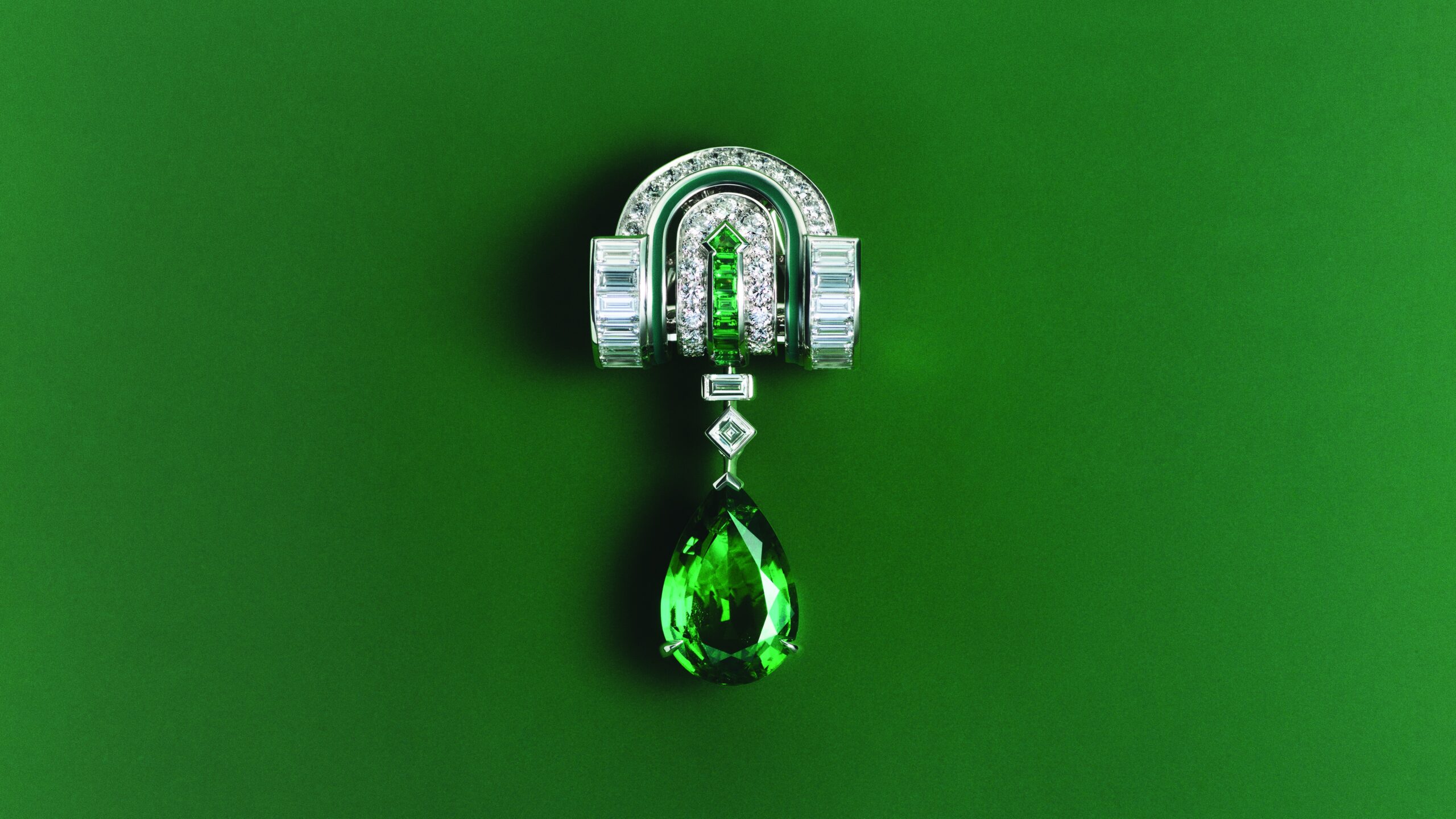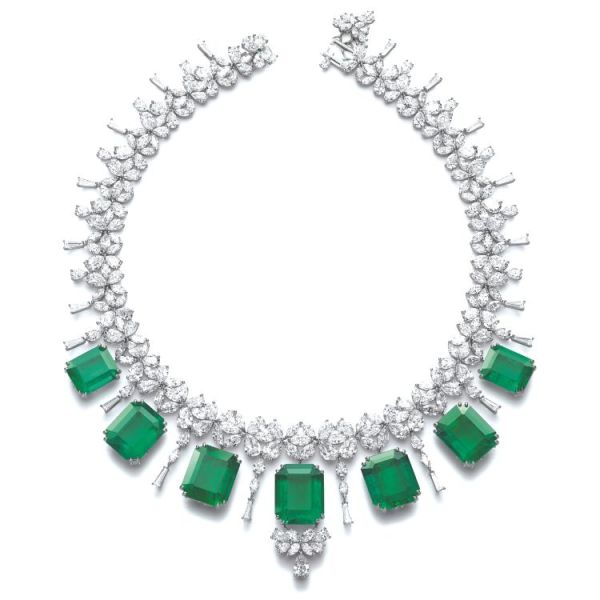The May birthstone, which is connected to the heart chakra, has long been thought to improve vision, bring clarity, offer protection and represent fortune. Emeralds have also been worn by royalty including Cleopatra and the final Inca ruler. They are also a red-carpet favourite of the A-list. They are, after all, a variety of the mineral beryl and get their beautiful green colour from trace amounts of chromium and vanadium, so they are really precious and one of a kind, containing tiny seams and fractures known as “Jardins”, or gardens, which makes them less robust than diamonds, and therefore an unusual choice for engagement rings. However today, emeralds have been a popular option for wedding proposals worldwide. And even for the ones not planning to get on one knee, these green gems sit perfectly in accessorising any outfit and add just the right amount of bling. From necklaces and earrings to rings and bracelets, it’s always a yes for anything emerald. Embark on a voyage to the Emerald City with pieces from Tiffany & Co., Cartier and Chopard.
Tag: emerald
Mane Attraction: Lion emerald gets pride of place from Zambian mine
It was in October last year that word started to spread around Kagem, a Zambian emerald mine, that something truly sensational had been uncovered. That ‘something sensational’ turned out to be Inkalamu, a giant 5,655-carat emerald that stunned the haute joaillerie world with its size and clarity when it came up for sale at a Gemfields emerald auction in Singapore a few months later.

Fittingly, its name – Inkalamu – was taken from the local word for ‘lion’ and was chosen specifically to honour the internationally-recognised work the Zambian government has done to preserve the country’s dwindling lion population. Sadly, the gem itself is unlikely to enjoy a similar level of protection, with plans already in place to divide the lion emerald into a number of smaller jewels.

This, however, is not the first time that Kagem has surrendered a stone of such remarkable size and quality. Early in 2010, Gemfields uncovered a massive 6,225-carat emerald, which was catalogued as Insofu – ‘elephant’ in the local Bemba dialect – on account of its immense bulk. The mine, however, is seen as far from played out, with Zambia now regarded as the world’s principal supplier of new emeralds.
Minedfulness: While wondering at the beauty of emeralds, think about their miners
It was still early in October last year when word started to spread around Kagem – the central Zambian mine that is the source of 25% of the world’s emeralds – that something truly sensational had been uncovered. That something truly sensational turned out to be Inkalamu, the giant 5,655-carat ‘Lion Emerald’ that has stunned the haute joaillerie world with its size, its perfectly-balanced golden-green hue and its clarity.
Sadly, save for referencing the blemish-free appearance of the very finest examples, “clarity” is a word seldom associated with emeralds. This is especially true when it comes to their exact provenance or to any detailed description of the conditions that Third-World workers endure in order to aid in their discovery. Indeed, all too often, it transpires that their true origins are every bit as murky and wretched as those of their far-better documented cousins – the Blood Diamonds, precious stones illicitly mined by mistreated miners and covertly used to fund some of the world’s most savage conflicts.
From the off, emeralds have been intertwined with greed. First mined in Egypt from 330BC onwards, the country’s once ample reserves were swiftly exhausted in a bid to keep pace with the ostentatious vanity of Byzantine aristocrats. It’s a pattern that has been repeated many times since, with first Columbia and now Zambia being ruthlessly exploited by many of the less-salubrious representatives of the global gem industry. Now, however, there are at least some reasons to be a little optimistic. Gemfields, the London-based operator of the Kagem facility, for one, has embraced sustainable mining practices in Zambian mines.
Of course, the word ‘sustainable’ has been so oft-repeated in everything – from food to fragrances – that we felt obliged to dig deeper. To be fair, the good folks at Gemfields seem to have done a lot more than just pay lip service to sustainability. From nurturing the local community to preserving the top soil on which the mines are based, at least, the first steps towards sustainable sourcing have been taken. But will it be too little, too late? With emerald resources sadly but surely depleting and affordable cosmetic stones eclipsing the markets, maybe it’s only a matter of time before the existing emerald jewellery evoke emotions far deeper than green-eyed envy.
Text: Suchetana Mukhopadhyay






